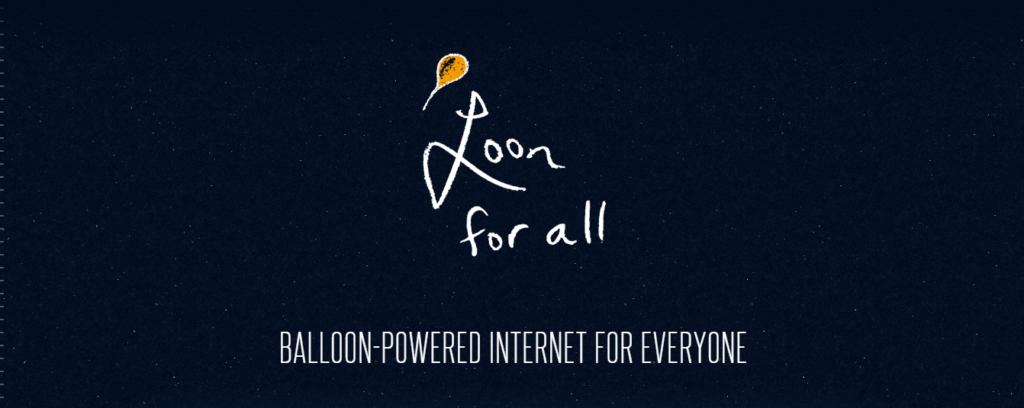Google has long been working on this eccentric idea of employing balloons to accomplish the task of distributing high-speed internet services to far-reaching locations. This experimental idea, known as Project Loon, has faced multiple setbacks in the past, but adding to the list is today’s CEO exit.
Tom Moore, the head of Project Loon has decided to part ways with the project just six months after his appointment. He was brought on board to lead this ambitious project back in August 2016, with the goal of turning it into a full-fledged networking business. Moore, who had previously co-founded WildBlue Communications, was seen as the satellite veteran would give the project a direction. But, it seems the tech giant has failed to achieve the said objective with him at the helm.
The change in leadership at Project Loon’s top-level has been confirmed by a Google X spokesperson to Recode. The spokesperson has further defended the point of constant change at the research lab saying,
Change is a constant at X, because it’s essential for innovation. We’ve found that different phases of moonshot development benefit from different kinds of leadership, and that some individuals enjoy some phases of projects more than others.
With his appointment, Moore replaced Mike Cassidy, who’d been leading Project Loon since 2012. The latter, however, had decided to stay at Google X, which is Alphabet’s research and innovation center devoted to “moonshot” projects. Moore’s responsibilities are now being handed over to Alastair Westgarth, CEO of cellular antenna company Quintel. And very much like Cassidy, Moore has decided to stay back at Google X and assume an advisory role for the next few months.
The tech giant most likely believes that handing over the task of building out Project Loon to another communications veteran would be helpful to its success. Westgarth has 30 years of experience building an early-stage startup into a business. He was also appointed as an executive at other networking giants like Airspan Networks, InnerWireless, Navini Networks and others. And now, Westgarth may drive Project Loon from being just a test project to an actual business. Speaking on the same, the spokesperson added,
Alastair is a seasoned entrepreneur and telecom industry veteran who brings more than 30 years of experience to the role. Alastair’s vision for Project Loon aligns with X’s philosophy of approaching huge problems, at scale, to improve the lives of millions or billions of people.
Earlier in 2017, Google had shown off the upgradations it had made to its cluster of internet-beaming balloons. Project Loon has now also integrated machine learning and AI, which improves flight patterns as well as internet coverage. The tech giant had initiated the said project with the primary goal of commercializing the balloons to create a network across the globe. But, we’ve still only witnessed small tests or deployments in countries like Sri Lanka.





